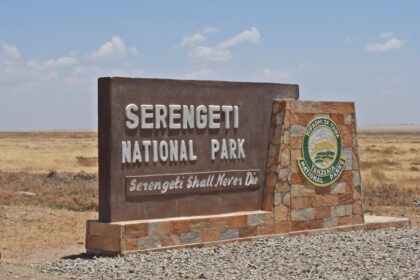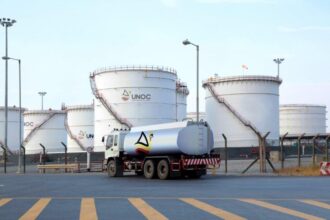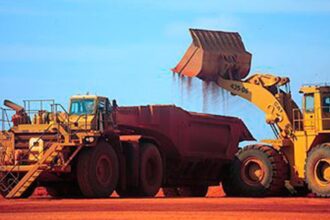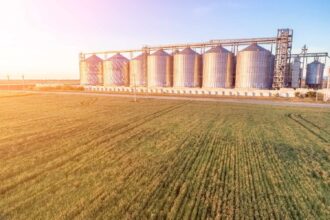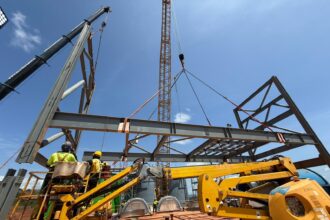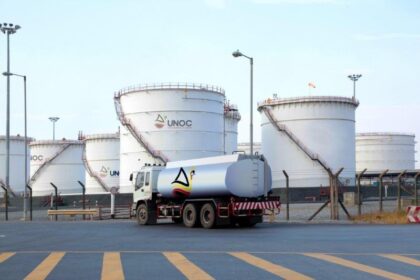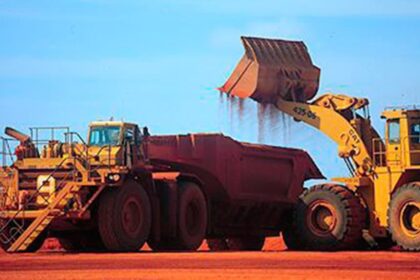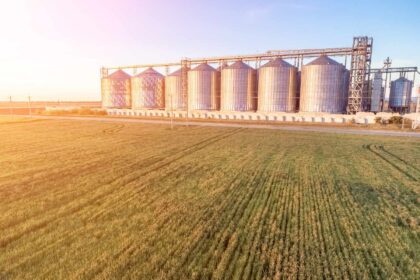At a Glance
- Ghana leads African gold production, benefiting from policies and investments while emphasizing community development and sustainable practices.
- South Africa’s ageing mines challenge its historic dominance, with innovations boosting productivity and sustainability.
- Rising global demand and technological advancements present growth opportunities for Africa’s gold sector, requiring sustainable practices and addressing artisanal mining challenges.
Africa has long been a powerhouse in global gold production, its rich reserves attracting attention for centuries.
From artisanal mining to large-scale operations, the continent plays a pivotal role in supplying the world with this precious metal.
Gold production is not just an economic driver for many African nations but also a cornerstone for community development and foreign investment.
Shore Africa has spotlighted Africa’s top 10 gold producers, offering insights into their production volumes, the challenges they face, and their economic contributions to the region. Let’s explore these gold powerhouses.
1. South Africa
South Africa, a trailblazer in Africa’s gold mining history, boasts some of the world’s largest deposits, reporting 100 metric tonnes of gold as of December 2023—a 12.51 percent increase from the previous year. Iconic mines like Mponeng and TauTona highlight the nation’s gold-rich geology.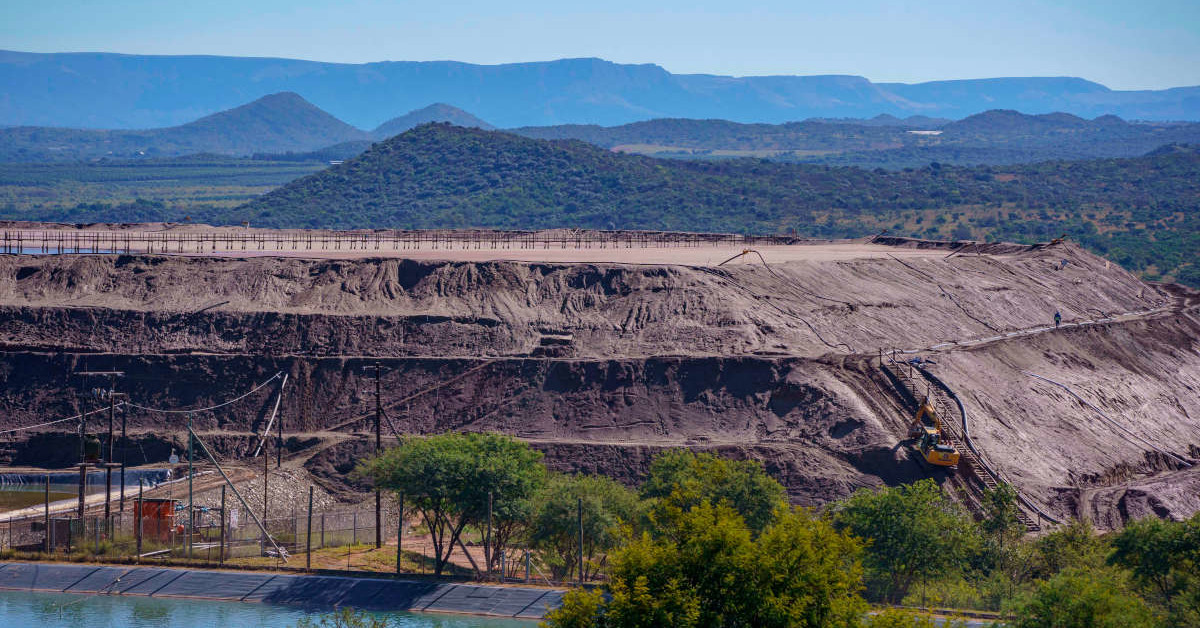
However, production has declined significantly from its 1970s peak due to ageing mines and operational challenges. Despite these hurdles, South Africa remains a key global player, focusing on innovation and sustainability to enhance productivity. Gold continues to play a vital role in the economy, driving employment, infrastructure development, and economic growth.
2. Ghana
Ghana, known as the “Gold Coast,” is Africa’s second-largest gold producer, experiencing significant growth driven by supportive government policies and substantial foreign investments. Major mining regions, such as Ashanti and Western, are home to prominent operations like the Obuasi and Tarkwa mines, which continue to fuel the nation’s mining sector.
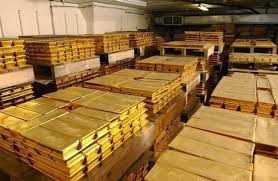
The Ghanaian government prioritizes sustainable mining practices and local content policies, aiming to enhance community benefits and strengthen economic resilience. Gold production in Ghana reached 90 metric tonnes in December 2023, up from 88 metric tonnes in December 2022, reflecting the sector’s steady expansion.
3. Mali
Mali has emerged as a prominent player in Africa’s gold industry, with substantial reserves in regions such as Kayes and Sikasso. In December 2023, gold production remained steady at 80 metric tonnes, matching the output from December 2022.
The country’s rich mineral resources have drawn major multinational mining companies, boosting production and enhancing its global standing in the gold market. However, the sector faces persistent challenges, including political instability and disputes linked to artisanal mining activities.
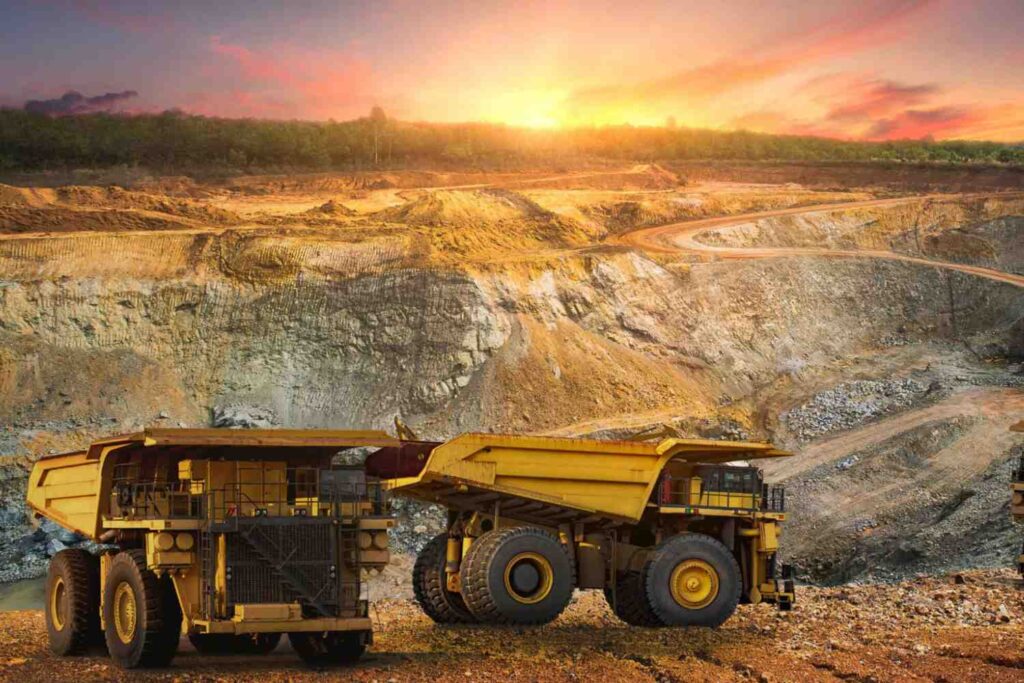
Despite these obstacles, Mali continues to strengthen its gold industry, which remains a critical contributor to its GDP and foreign exchange reserves, underscoring its vital role in the national economy.
4. Tanzania
Tanzania’s gold production has seen significant growth in recent years, driven by strategic investments and progressive policy reforms.
The Lake Victoria goldfields remain the heart of the nation’s mining activity, hosting major operations such as the Geita and North Mara mines. Government initiatives focus on enhancing local participation and promoting environmental sustainability, ensuring the sector’s contributions align with national development goals.
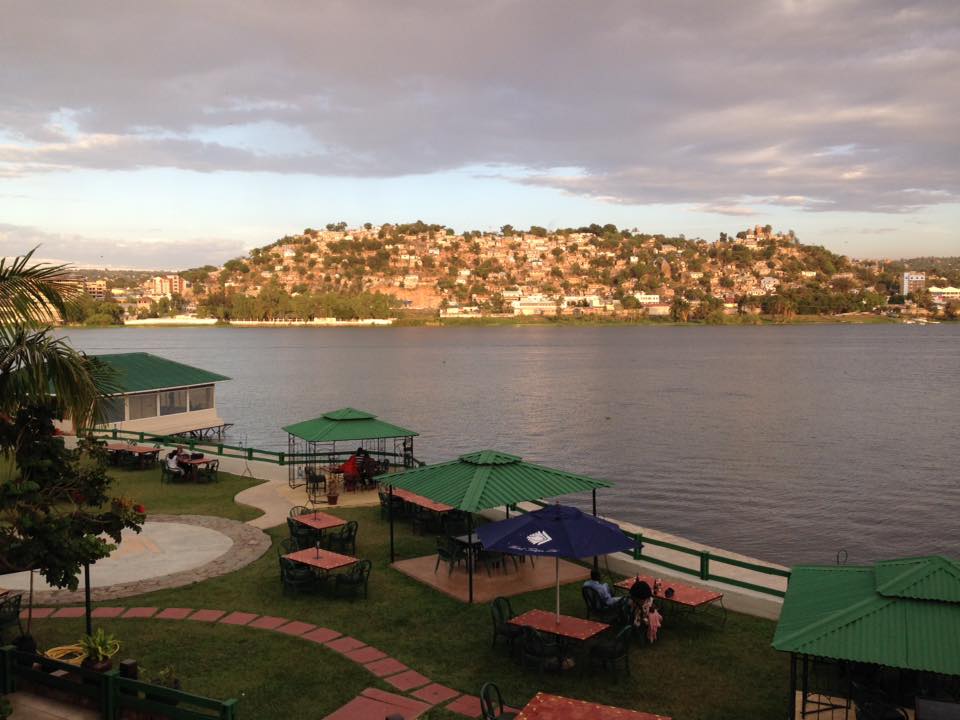
In December 2023, Tanzania’s gold output reached 60 metric tonnes, marking an increase from 56.94 metric tonnes in December 2022.
5. Burkina Faso
Gold serves as the cornerstone of Burkina Faso’s economy, with key operations in regions like Sahel and Nord driving significant growth. However, the sector faces persistent security challenges due to insurgent activities.
Despite these hurdles, Burkina Faso continues to attract investors, fostering job creation and supporting rural development. Maintaining a strong focus on safety and sustainable practices is essential for the industry’s long-term success.
Gold production in Burkina Faso reached 60 metric tonnes in December 2023, up from 58.13 metric tonnes in December 2022, underscoring the sector’s resilience and growth potential.
6. Côte d’Ivoire
Côte d’Ivoire’s gold production has surged, thanks to political stability and regulatory improvements. Regions like Hiré and Bonikro host major operations. The government has prioritized partnerships with international mining firms while encouraging local participation.
The focus on community development and environmental protection is shaping a sustainable gold mining industry in the country. As of the latest data, Ivory Coast’s gold production reached 48 metric tonnes.
7. Democratic Republic of Congo (DRC)
The DRC’s gold production, totalling 43 metric tonnes, highlights vast potential alongside significant challenges.
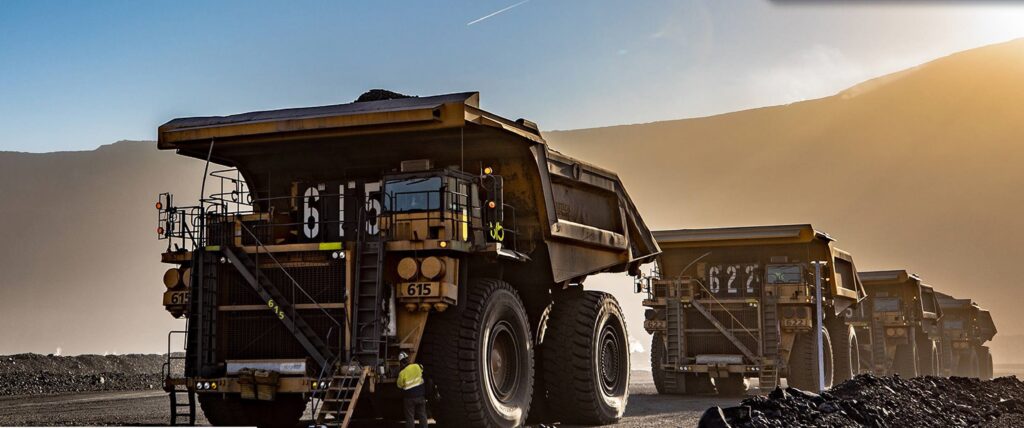
Rich deposits in regions like Ituri and Kivu underscore the country’s prominence in the gold sector. However, artisanal mining, conflict, and environmental concerns persist as major hurdles.
Unlocking the DRC’s gold potential sustainably requires sector formalization, strengthened governance, and targeted investor engagement.
For example, the Kibali gold mine located in the northeast of the Democratic Republic of Congo (DRC), approximately 220 kilometres east of the capital of the Haut Uele province, Isiro, 150 kilometres west of the Ugandan border town of Arua and 1,800 kilometres from the Kenyan port of Mombasa is owned by Kibali Goldmines SA (Kibali) which is a joint venture company effectively owned 45 percent by each of Barrick and AngloGold Ashanti, and 10 percent by Société Miniére de Kilo-Moto (SOKIMO). The mine is operated by Barrick.
8. Sudan
Sudan’s gold industry has evolved into one of Africa’s leading producers, yielding 41.8 metric tonnes annually.
As oil revenues decline, gold mining has become a critical economic lifeline. Artisanal mining remains a key contributor, though efforts to formalize the sector aim to curb challenges like smuggling and environmental degradation.
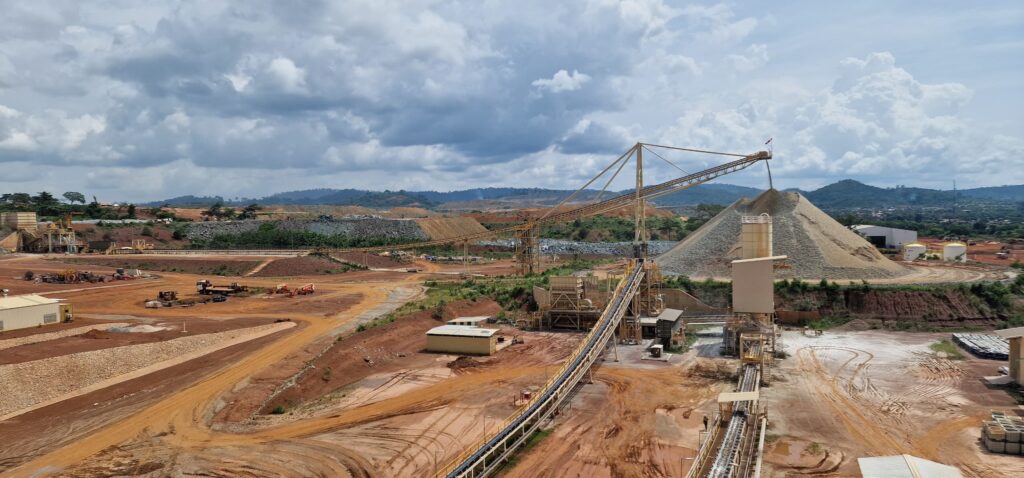
Through government reforms and international partnerships, Sudan seeks to stabilize and expand its gold sector, bolstering its role in the global market.
9. Zimbabwe
Zimbabwe, with its long history of gold mining, continues to be a major player in Africa. Rich deposits in regions like Kadoma and Shurugwi sustain its industry.

However, economic challenges and informal mining activities present obstacles. The government’s recent policy reforms and investments aim to revitalize the sector, ensuring its contribution to national growth.
As of the latest data, Mauritania’s gold production reached 37.36 metric tonnes.
10. Mauritania
Mauritania’s gold mining sector continues to experience steady growth, primarily driven by the Tasiast mine, one of Africa’s largest gold producers. Gold remains a critical contributor to the nation’s export revenue.
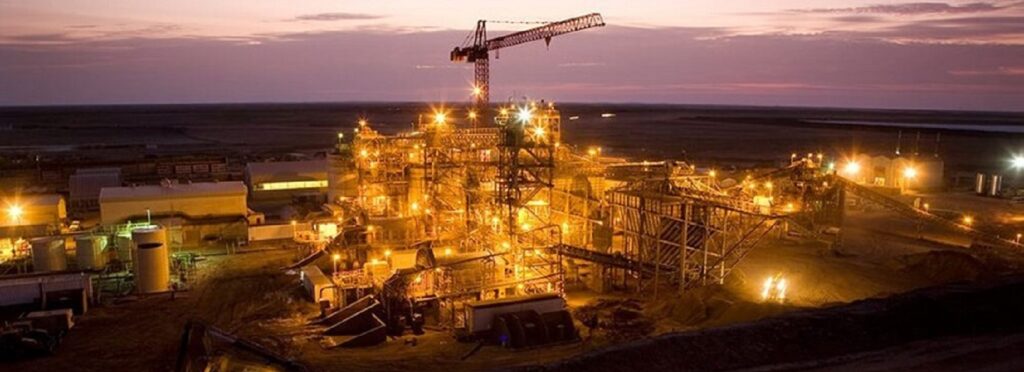
The Mauritanian government is actively enhancing mining regulations and promoting equitable distribution of gold revenues to benefit local communities and attract further investment. As of the latest data, Mauritania’s gold production reached 19.3 metric tonnes.
Africa’s gold industry offers immense growth potential. Rising global demand and advancing technology open new avenues for exploration.
However, environmental and social challenges demand sustainable practices. Addressing artisanal mining issues and fostering international collaborations can unlock significant economic and community benefits.
Africa’s top gold-producing countries continue to shape the global gold industry. While challenges persist, opportunities for innovation, investment, and sustainable practices promise a bright future.
With strategic efforts, these nations can further cement their roles as gold powerhouses, driving economic growth and community development across the continent.


